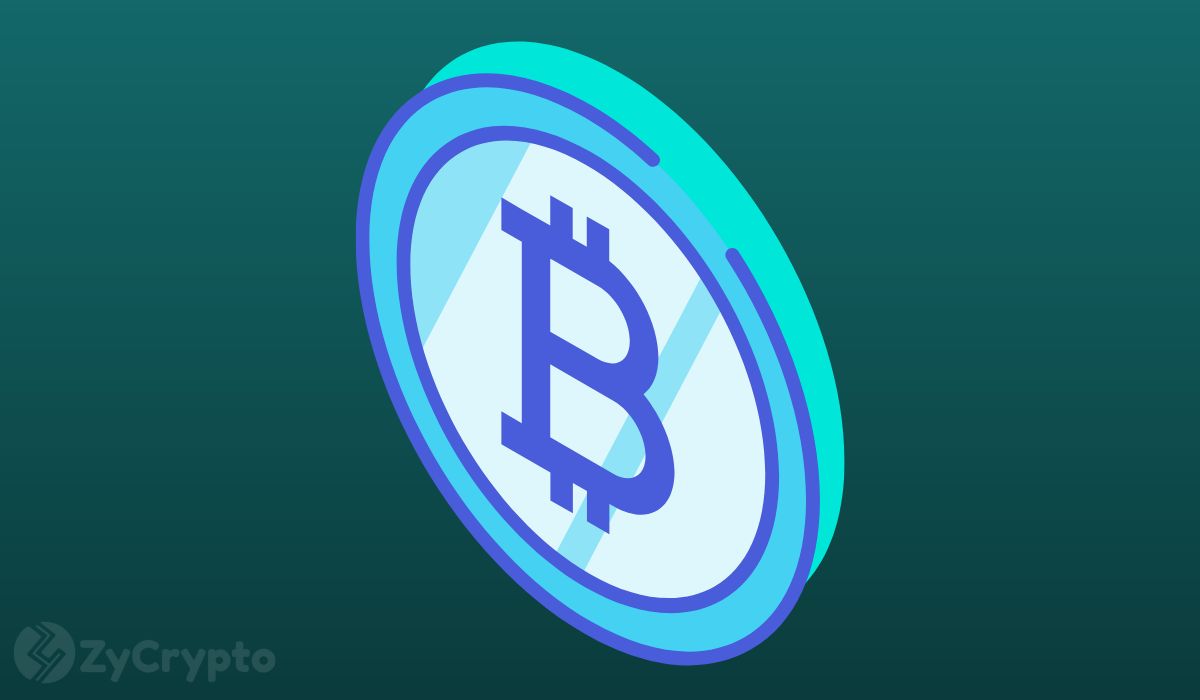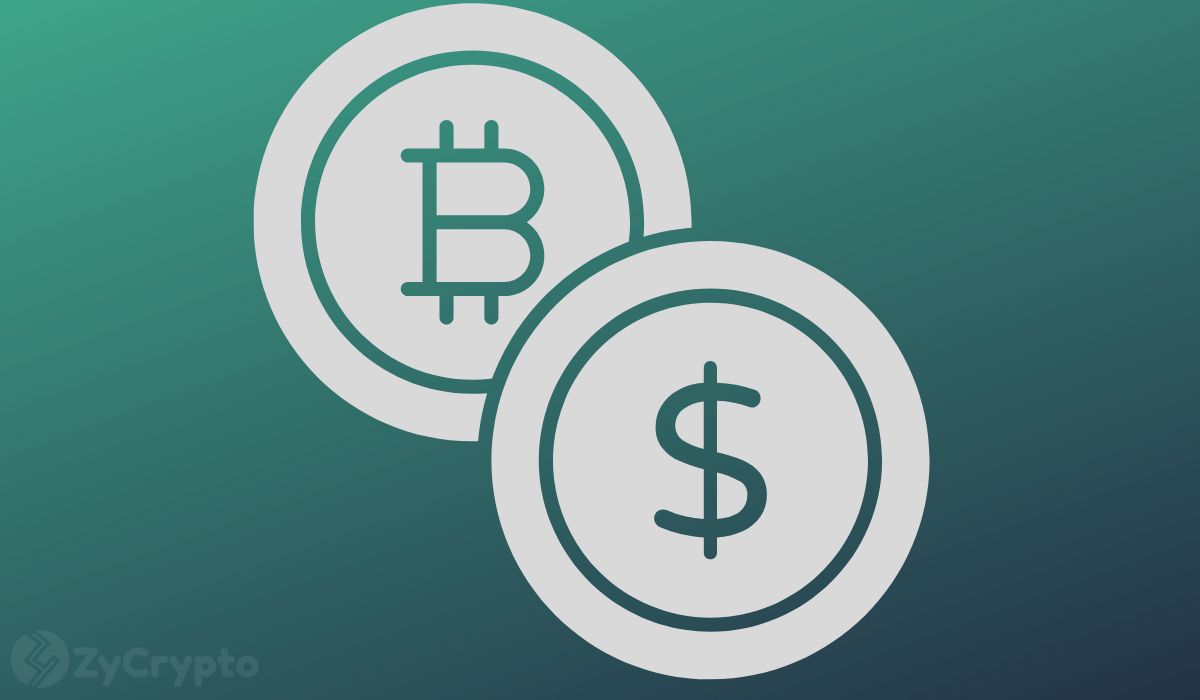Coinbase Phishing Scams: A Growing Threat in the Cryptocurrency Industry
In the rapidly evolving world of cryptocurrencies, the allure of rising prices has unfortunately attracted an unwelcome crowd: scammers. Over the past two weeks, Coinbase users have reported losing as much as $46 million to suspected phishing scams, according to blockchain investigator ZachXBT. These scams, which include address poisoning and wallet spoofing, are designed to trick victims into sending assets to fraudulent wallet addresses that closely resemble legitimate ones.
Understanding the Threat: Address Poisoning and Wallet Spoofing
Address poisoning is a type of attack in which scammers manipulate the blockchain to make a fraudulent address appear legitimate. They do this by adding transactions to the blockchain that make it seem as though the address has a valid history and has received transactions from trusted sources. In reality, these transactions are part of the scam, and the address is controlled by the attacker.
Wallet spoofing, on the other hand, involves creating a fake wallet interface that looks identical to the legitimate one. When a user enters their private keys or other sensitive information, the attacker can capture this data and use it to steal their assets. These scams are often delivered via email or social media, and can be difficult to distinguish from the real thing.
Impact on Individual Users
For individual Coinbase users, these scams can result in significant financial losses. In some cases, users may not even realize they have been scammed until it’s too late. Once assets have been sent to a fraudulent address, they are gone for good. It’s important for users to be vigilant and take steps to protect themselves, such as enabling two-factor authentication, using a hardware wallet, and being cautious when clicking on links or downloading attachments.
Impact on the Cryptocurrency Industry
The impact of these scams goes beyond just individual users. They can also damage the reputation of the cryptocurrency industry as a whole, making it seem risky and untrustworthy to potential investors. This can lead to a decrease in adoption and usage, which can in turn negatively impact the value of cryptocurrencies. It’s important for exchanges and other industry players to take steps to prevent these scams and protect their users.
Preventing Phishing Scams: Best Practices
There are several best practices that users can follow to prevent phishing scams and protect themselves from losing assets:
- Enable two-factor authentication on all of your accounts
- Use a hardware wallet for storing large amounts of cryptocurrency
- Be cautious when clicking on links or downloading attachments, especially from unknown sources
- Keep your software and operating system up-to-date
- Use a reputable antivirus software
- Regularly check your account activity for suspicious transactions
By following these best practices, users can significantly reduce their risk of falling victim to a phishing scam.
Conclusion
As the cryptocurrency industry continues to grow, so too will the number of bad actors looking to take advantage of unsuspecting users. Phishing scams, such as address poisoning and wallet spoofing, are a real threat that can result in significant financial losses. It’s important for users to be vigilant and take steps to protect themselves, and for exchanges and other industry players to take steps to prevent these scams and protect their users. By following best practices and staying informed, we can all help to make the cryptocurrency industry a safer and more trustworthy place.
Remember, your security is your responsibility. Stay safe out there!





